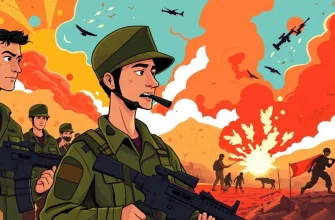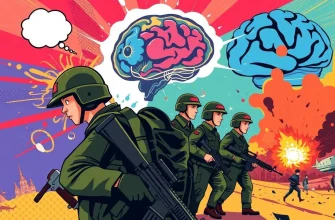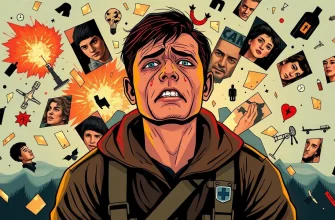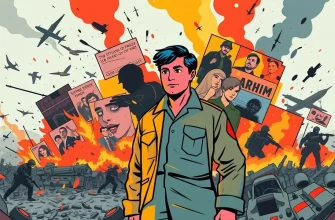War leaves scars that are not always visible, and the psychological toll it takes on individuals can be profound and long-lasting. This curated collection of films delves into the complex and often harrowing experiences of those affected by war, focusing on the mental and emotional aftermath. These stories provide a window into the resilience of the human spirit, the struggle for recovery, and the importance of understanding and addressing psychological trauma. Whether you're a cinephile, a student of psychology, or simply someone interested in the human condition, these films offer valuable insights into the unseen battles fought by soldiers and civilians alike.

The Deer Hunter (1978)
Description: This epic drama examines the impact of the Vietnam War on a group of friends from a small steel town, focusing on their psychological trauma and the bonds that help them cope.
Fact: The film's Russian Roulette scenes were highly controversial, and the film won five Oscars, including Best Picture.
 Watch Now
Watch Now
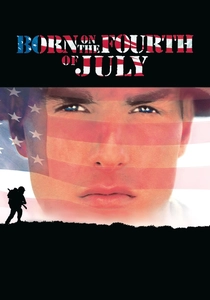
Born on the Fourth of July (1989)
Description: Tom Cruise stars as Ron Kovic, a Vietnam War veteran dealing with severe physical and psychological trauma, offering a raw look at the anti-war movement and personal recovery.
Fact: The film was directed by Oliver Stone, who himself was a Vietnam War veteran. It was nominated for eight Academy Awards, winning two.
 Watch Now
Watch Now
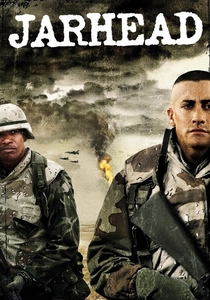
Jarhead (2005)
Description: Based on Anthony Swofford's memoir, this film delves into the psychological preparation and aftermath of war, focusing on the boredom, fear, and camaraderie of Marine snipers during the Gulf War.
Fact: The title "Jarhead" refers to the high and tight haircut Marines get, making their heads look like jars. The film was shot in the deserts of California and Mexico.
 Watch Now
Watch Now
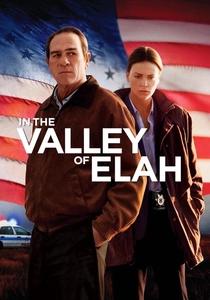
In the Valley of Elah (2007)
Description: A father investigates his son's murder after he returns from Iraq, uncovering layers of trauma and the impact of war on young soldiers.
Fact: The film was inspired by the real-life murder of a soldier. Tommy Lee Jones was nominated for an Academy Award for Best Actor.
 Watch Now
Watch Now

The Hurt Locker (2008)
Description: This film captures the psychological strain on a bomb disposal team in Iraq, showcasing the adrenaline-fueled life of Staff Sergeant William James, whose addiction to the thrill of defusing bombs leads to a deep-seated trauma.
Fact: Kathryn Bigelow became the first woman to win an Academy Award for Best Director for this film. The film was shot in Jordan, which stood in for Iraq.
 Watch Now
Watch Now
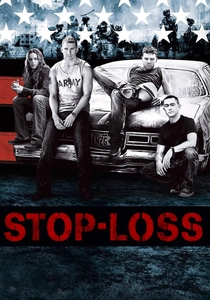
Stop-Loss (2008)
Description: This film follows a soldier who, after returning from Iraq, faces the psychological and ethical dilemmas of being involuntarily recalled to active duty, highlighting the trauma of repeated deployments.
Fact: The film was inspired by real-life stories of soldiers facing the "stop-loss" policy. It was shot in Texas, where many scenes were filmed in actual military bases.
 Watch Now
Watch Now
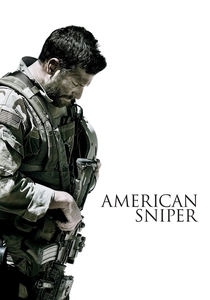
American Sniper (2014)
Description: Based on the life of Chris Kyle, this film explores the psychological effects of war through the lens of a Navy SEAL sniper, highlighting his struggle with PTSD upon returning home.
Fact: Bradley Cooper gained 40 pounds for the role to accurately portray Chris Kyle's physical transformation. The film was both praised and criticized for its portrayal of war.
 Watch Now
Watch Now
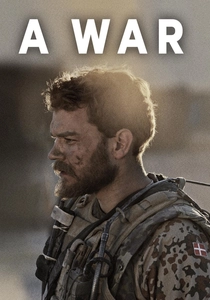
A War (2015)
Description: This Danish film follows a commander in Afghanistan who faces a moral and legal battle after an incident that leads to civilian casualties, exploring the psychological toll of command decisions.
Fact: The film was nominated for an Academy Award for Best Foreign Language Film. It was shot in both Denmark and Jordan.
 Watch Now
Watch Now
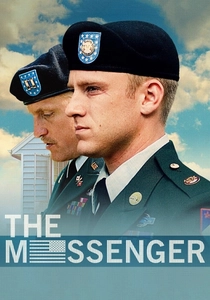
The Messenger (2009)
Description: Two soldiers, one dealing with his own trauma, are tasked with notifying families of fallen soldiers, exploring the emotional and psychological toll of this duty.
Fact: Woody Harrelson received an Academy Award nomination for Best Supporting Actor for his role. The film was praised for its realistic portrayal of military life.
 30 Days Free
30 Days Free
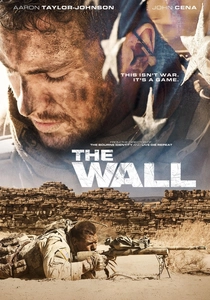
The Wall (2017)
Description: Two American soldiers are pinned down by an Iraqi sniper, leading to a tense psychological battle as they struggle with fear, isolation, and the trauma of potential death.
Fact: The film was shot in a single location, emphasizing the claustrophobic and psychological intensity of the situation. It was praised for its minimalistic approach to storytelling.
 30 Days Free
30 Days Free




